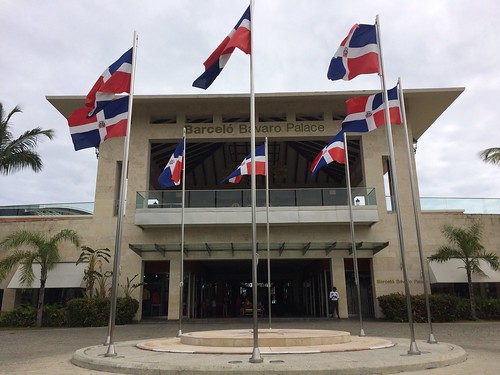Renal activation of NF-kB and the NLRP3 inflammasome. Activation of the NF-kB pathway has been implicated in the acceleration and progression of IgAN [16,31]. As demonstrated in Fig. 3A, at working day 28 following the begin of ailment induction, the Prg-IgAN mice confirmed substantially elevated renal nuclear translocation of pNF-kB p65 in contrast to regular control mice (p,.005) and this impact was markedly inhibited in the PrgIgAN+osthole mice (p,.005). The NLRP3 inflammasome activates caspase-1, leading to IL-1b and IL-18 creation [32]. As shown on Western blots, at day 28 following the begin of illness induction, increased renal NLRP3 protein amounts were noticed in Prg-IgAN mice in comparison to regular control mice (p,.005) and osthole remedy resulted in a substantial reduction in levels (p,.005) (Fig. 3E, F). Prg-IgAN mice also showed substantially greater ranges of mature caspase-1 than typical management mice (p,.005) and osthole administration resulted in a significant lower in stages (p,.005) (Fig. 3E, G).
Renal MCP-one expression and mononuclear leukocyte infiltration. ROS generation was measured as the relative fluorescence depth, as described in the Supplies and Methods. The info are expressed as the imply six SD for 3 different experiments. (B) J774A.one macrophages (26106 in two ml of medium) were incubated for 6 h  with 1 mg/ml of LPS, then for thirty min with or with no addition of 50 mM osthole, then for 00 min with or with out addition of 5 mM ATP, then phosphorylation of PKC-a was calculated by Western blotting. (C) J774A.one macrophages (26106 in two ml of medium) have been incubated for 6 h with 1 mg/ml of LPS, then for 30 min with or without having the indicated focus of osthole, then for thirty min with or without having addition of five mM ATP, then phosphorylation of p38 was measured by Western blotting.p,.05, p,.01.
with 1 mg/ml of LPS, then for thirty min with or with no addition of 50 mM osthole, then for 00 min with or with out addition of 5 mM ATP, then phosphorylation of PKC-a was calculated by Western blotting. (C) J774A.one macrophages (26106 in two ml of medium) have been incubated for 6 h with 1 mg/ml of LPS, then for 30 min with or without having the indicated focus of osthole, then for thirty min with or without having addition of five mM ATP, then phosphorylation of p38 was measured by Western blotting.p,.05, p,.01.
Effect of osthole on ATP-induced ROS manufacturing and PKC-a and p38 phosphorylation. (A) J774A.one macrophages (16106 in 1 ml of medium) were incubated for 6 h with one mg/ml of LPS, then for thirty min with or with out addition of fifty mM osthole or ten mM NAC, then on day 28 soon after the commence of illness induction, Prg-IgAN mice experienced substantially larger renal MCP-one stages than typical handle mice (p,.005) and this impact was markedly inhibited in Prg-IgAN+osthole mice (p,.005). As shown in Fig. 4C, considerable renal periglomerular infiltration of macrophages (F4/80+) was noticed in Prg-IgAN mice in comparison to normal handle mice (p,.005) and this impact was also markedly inhibited in Prg-Ig18316589AN+osthole mice (p,.005). In addition, as proven in Fig. 4G, Prg-IgAN mice confirmed substantially improved periglomerular infiltration of T cells (CD3+) in the kidney in contrast to standard controls (p,.005) and this influence was markedly reduced in Prg-IgAN+osthole mice (p,.01). There was no detectable big difference in periglomerular infiltration of both cell types in between Prg-IgAN+osthole and regular handle mice. Renal apoptosis. As shown by TUNEL staining (Fig. 5A), the Prg-IgAN mice showed significantly improved renal apoptosis at 28 days after the begin of condition CH5183284 induction compared to regular manage mice (p,.01) and this effect was substantially inhibited in Prg-IgAN+osthole mice (p,.01). As revealed in Fig. 5E, F, when renal stages of activated caspase-three and caspase-nine have been examined, amounts of the experienced type (p17 fragment) of caspase-three have been drastically enhanced in Prg-IgAN mice when compared to standard manage mice (p,.005) and this result was markedly inhibited in Prg-IgAN+osthole mice (p,.005). In addition, as proven in Fig. 5E and G, levels of the experienced sort (p37 fragment) of renal caspase-9 have been enhanced in Prg-IgAN mice (p,.05) and this effect was once more markedly lowered in Prg-IgAN+osthole mice (p,.05).
